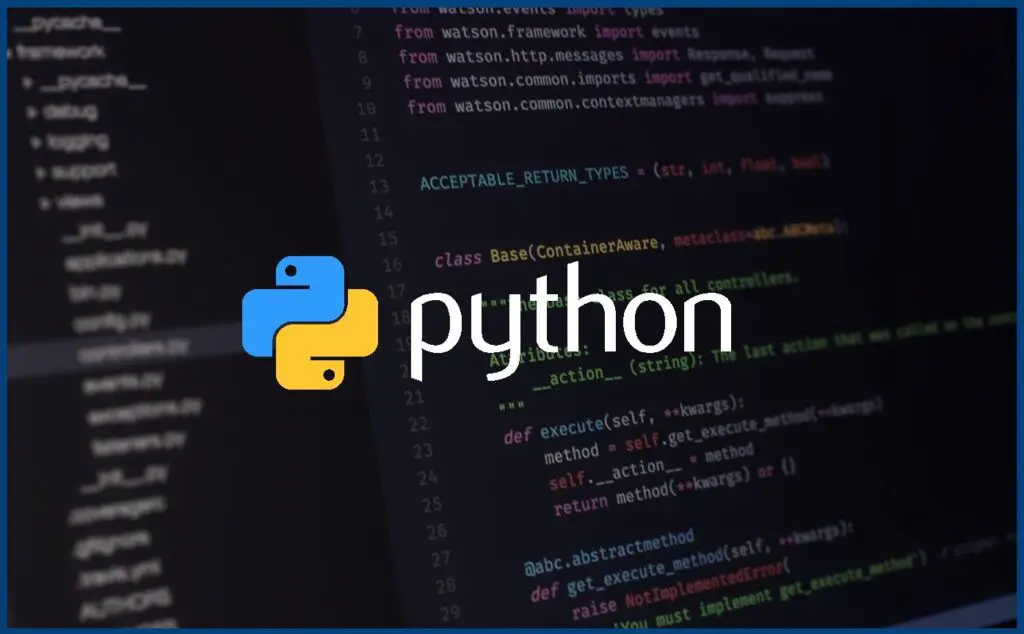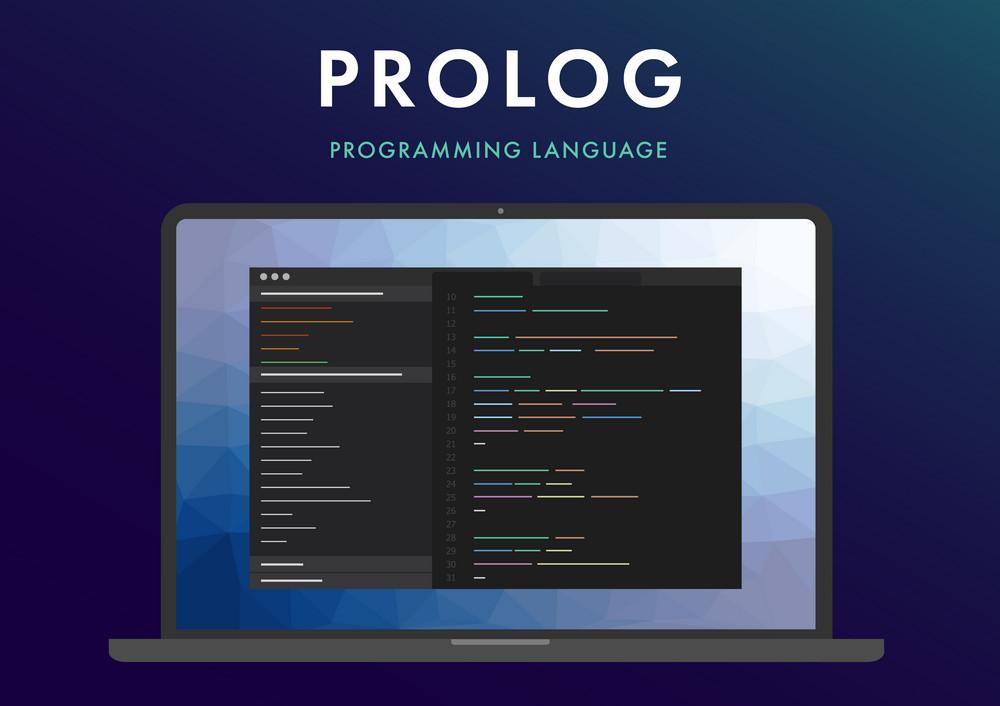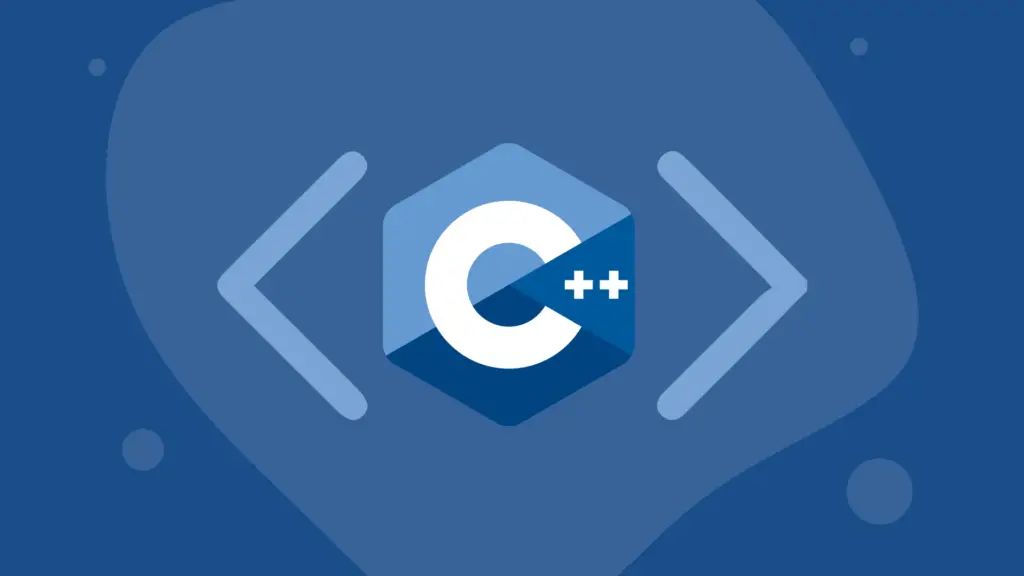

Top 10 Best AI and Machine Learning Programming Languages
The world saw some big and remarkable discoveries in the 20th century. Artificial Intelligence is one of them. There was a time when AI and Machine Learning(ML) could not be applied due to a lack of computing power. But today’s computers are robust enough to handle Machine Learning algorithms. That’s why AI and ML are ruling in almost every field. Machine Learning and AI is a valuable skill now. However, to use it, you have to learn a specific programming language from various Artificial Intelligence and Machine Learning programming languages. Today we will assist you in picking an appropriate programming language to work in this field.
Best AI & Machine Learning Programming Languages
To cope up with technological advances, you should learn Al and ML. It’s not as complicated as it seems. But, at first, you have to choose and go through a programming language. And that’s where we come in. We have listed the top 10 Artificial Intelligence and Machine Learning programming languages to learn for your convenience.
1. Python
Python is the indisputable leader among ML and AI programming languages. The language is widely used since it has a very simple syntax and is versatile. About 57% of data scientists use Python regularly. Python is pretty handy in AI and ML. It is open source. That means developers can modify it in their way.
Moreover, there are many built-in Python libraries just for AI and ML. Data scientists use Scikit-Learn extensively for training models. Tensorflow and Keras have recently gained huge popularity in the AI industry. You can build deep learning projects and software with PyTorch. In addition to that, thousands of AI and ML models in Python are present on the internet. In a word, Python is now the pioneer of AI and ML.

Key Features of Python
- Python is so easy that data scientists can easily learn the language and start making AI projects.
- There is no need to recompile the source code, so developers can make some modifications and see the results easily.
- Python is operating system independent. You can develop Machine Learning on any of the OS available in the market.
- Python is very simple to read, so any Python developer can understand their peers’ code and modify, copy or share it.
- The language has specific libraries for data visualization—for example, Matplotlib, seaborn, etc. You can make any type of charts and graphs with them.
2. Lisp
Among all other Artificial Intelligence and Machine Learning languages, Lisp is the oldest one. It has been around since 1958. The language is AI-centered, and it has huge use in AI development. Lisp is neither easy nor fast. But in the case of AI, it does the work. Moreover, it is renowned as it focuses highly on architecture.
There are different views on the beauty of this language, and many modern programmers see it as “eyes opening” or even “enlightening”. Although Lisp’s popularity is not like that of Python, C++, Javascript, people still use it in specific needs of Al.

Key Features of Lisp
- It adapts easily to the solutions to unique needs. The language also supports rapid prototyping.
- Lisp is machine-independent. That means it runs on almost every type of computer having any hardware property.
- Allows updating the programs dynamically. It provides high-level debugging.
- Provides a convenient macro system.
- It provides a wide range of data types like structures, lists, objects, vectors, adjustable arrays, hash-tables, and symbols.
3. R: A Statistical Language
When it comes to statistical computing, the first language that comes to mind is R. Machine Learning is basically the application of statistics and mathematics. R is simply the best programming language in statistical computations. People also use it for data visualization.
R has a command line. Moreover, it has IDEs like RStudio and Jupyter. They concentrate on ease of use and offer different resources for handling your libraries or drawing sophisticated diagrams.

Key features of R
- The R software is open-source. It is cost-free and can be modified and adapted according to the requirements of the user and the project.
- The language can produce static graphics and high-quality visualization.
- A huge number of users gives a big community.
- Comprehensive R Archive Network or CRAN offers more than ten thousand packages to solve machine learning problems.
- The language doesn’t need a compiler as it is an interpreted language.
4. Prolog
Prolog was created in1960. Its abbreviation is “Programming in Logic.” The language is a little different than other AI and ML programming languages. It is a logical language that is not like the classical languages for AI. Automatic backtracking is a basic tool of Prolog. So is pattern matching. When choosing to learn AI programming languages, not every AI programmer opts for Prolog.

Key Features of Prolog
- Prolog can handle recursion and lists naturally. It gives the language an extra privilege.
- It works very well in natural language processing. The first chatbot, ELIZA, was developed using prolog.
- The language is declarative in nature. It expresses the logic in relations, represented as facts and rules.
- Visual Prolog Integrated Development Environment is Prolog’s IDE. You can make applications and test them using them.
- The Visual Prolog compiler is an optimized compiler, which makes the code compilation convenient.
5. Julia
There are many Artificial Intelligence and Machine Learning programming languages in this field. But none of them are both simple and efficient at the same time. However, Julia is different in this case. Julia is fast, and it has comparably an easy syntax. Can you imagine a language fast like C and syntax as easy as Python? Well, Julia has it. That’s why many data scientists consider using Julia in the field of AI.

Key Features of Julia
- Used in the analysis of IoT data. Several intelligent systems have already been built using it.
- Very handy in recognizing patterns and processing images.
- The most significant business case for Julia is that it is a dynamic language close to Python, but it competes with static languages in terms of efficiency.
- In Julia, you can call the C object code anytime.
6. C++ for AI and Machine Learning
If there were a marathon competition between programming languages, C++ would be first in it. It holds the title of “The fastest programming language.” That’s developers use it to build games, apps, and search engines. This AI programming language has primarily been used to build cloud systems, banking systems, and enterprise software. In particular, C++ has libraries available for machine learning and neural networks in AI programming that make it easier to execute complex algorithms more quickly.

Key Features of C++
- It employs objects while programming. The objects help you solve problems regarding data structure, data encapsulation, and polymorphism.
- The language is machine-independent. The same code runs in every kind of operating system.
- C++ is a compiler-based language. That’s why the language is faster than most other languages.
- The language has the use of pointers. Dynamic memory allocation is possible due to this attribute.
- The context of C++ is very simple. That’s why beginners choose the language to learn to program.
7. Java
Java is the world’s most commonly used programming language. Many people use it for AI development. It’s easy to deploy on various platforms due to its virtual machine technology. That means you don’t have to compile it again once written and compiled on one platform. This principle is called The “WORA” (Once Written Read/Run Anywhere).

Key Features of Java
- Java has a Machine Learning library. You can make machine learning and AI-based models using the libraries.
- The language is a strong object-oriented programming language that makes it possible to solve complex problems.
- It helps the development of virus-free, tamper-free systems with the stable Java feature. Techniques for authentication are based on public-key encryption.
- The java compiler is architecture-neutral. You can execute the compiled code on many processors.
- This design feature makes it possible for developers to create immersive apps that can run smoothly.
8. Haskell
Haskell is many people’s choice to make Artificial Intelligence and Machine Learning models. It has attributes like the list, Lazy evaluation, and LogicT. The language provides an infinite data structure, which is excellent for search trees. The language’s features enable it to use in AI and ML. At first, many find it disturbing to work with graphs, which is the language’s only downside.

Key Features of Haskell
- It has an automatic memory management system that ensures memory safety.
- The language has a garbage collection feature. The feature makes it suitable for higher developer productivity.
- Haskell supports inspection and generation of the program’s abstract syntax tree.
- It has a function called Template Haskell and is used to test compile-time and automate the generation of boilerplate.
9. Scala for Machine Learning
When it comes to coding, many people hate Java because of its bloated and distracting characteristics – and that’s totally normal. However, the developer’s created Scala to make a language having Java’s good sides while avoiding its bad sides. The language is compatible with Java libraries. As a result, it has a static type system. Unlike Python, it is a compiled language that makes the code execution faster. Scala has many features that make it worth using as an Artificial Intelligence programming language.

Key Features of Scala
- Although the language lacks flexibility and freedom like Python, it is extremely stable.
- Scala is an enterprise programming language, and it is useful when it comes to building big data-powered apps that chew some huge amounts of data.
- In Scala, you do not need to mention data type and function return type specifically. The Scala is smart enough to deduce the data form.
- The language applies the principle of immutability. The variables are immutable. Immutable implies you can’t change its value.
- Scala provides the standard library that includes the actor model. By using the actor, you can write concurrency code.
10. AIML
AIML is abbreviated to Artificial Intelligence Markup Language. It is basically an XML-based language. It is generally used in making natural language software agents. AIML allows human interfaces to be developed. The language is not that complex. You can maintain it quite easily.

Key Features of AIML
- The greatest use of AIML is in making Chatterbots and pattern recognition.
- The language can handle multiple bots at a time.
- You can use it with Python to make AI software.
- It is simply the king of natural language processing.
Finally
I guess now you have realized the endless potentials of AI and the opportunities it can bring. AI and ML are making a tremendous change to every sector and industry. The next age is the age of AI. The time is not far when you will see self-driving cars wherever you look. That’s why you need to know about AI and learn Artificial Intelligence and Machine Learning programming languages.
We have listed the top ML and AI programming languages in this article. Now it’s your duty to choose a language according to your needs. The article will help you select a suitable language for AI and ML. But still, there may be some points missing. Let us know if you think of anything that might be added. Welcome to the world of AI!




















Leave a Reply